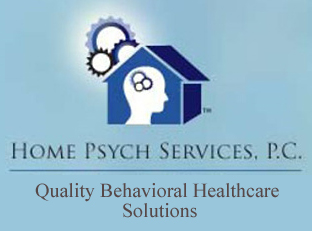Attention Deficit Hyperactivity Disorder, or ADHD as it is commonly called, is a disruptive behavior disorder that is characterized by a chronic pattern of inattention, hyperactivity, and poor impulse control or a combination of the three that affects how children, adolescents, or adults function in their day-to-day life. ADHD is, technically, a childhood disorder and, if diagnosed in an adult, must have been evident during childhood. Recent, emerging research from the National Institute of Mental Health suggests that ADHD has a strong genetic link – that is, often runs in families – and is about three times more prevalent among boys verus girls.
Once referred to as Attention Deficit Disorder, or ADD, the disorder was renamed in 1994 to ADHD where it was broken down into three subtypes. The three types of ADHD are predominantly inattentive type, predominantly hyperactive-impulsive type, and the combined type.
The predominantly inattentive type is when an individual finds it difficult pay attention to details and difficulty with following instructions or conversations. The person is easily distracted, makes careless errors, has problems with organization, forgets details of daily routines, and has a tendency to lose things. The hyperactive-impulsive type is characterized by fidgety behavior, difficulty sitting still, excessive energy levels, poor decision-making, and a tendency to act before thinking. An individual with the combined type of ADHD may display elements of multiple elements described above.
Treatment for ADHD depends on the unique constellation of symptoms displayed by the individual. Treatment options are also guided by the severity of the ADHD symptoms. Often times, prescription stimulant medication can prove invaluable in controlling the symptoms of moderate to severe ADHD. However, in more mild forms of ADHD, changes to daily routine, the classroom environment, and behavior modification training can produce lasting results. Cognitive Training involving computer-assisted training of attentional skills, sequencing ability, and short-term auditory and visual memory can also prove helpful in improving the symptoms of mild to moderate ADHD. Often times, a combination approach which involves a combination of medication management, behavior modification, school-based accommodation, and Cognitive Training is the most helpful way to manage ADHD.

